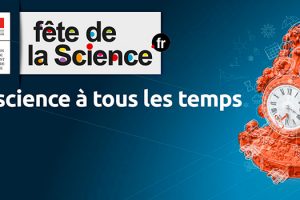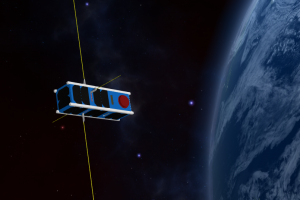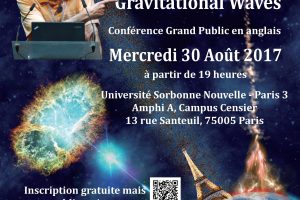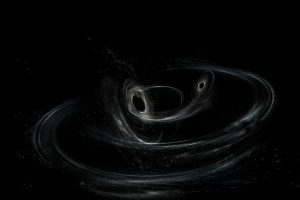Straight to the source: the LIGO-Virgo global network of interferometers opens a new era for gravitational wave science
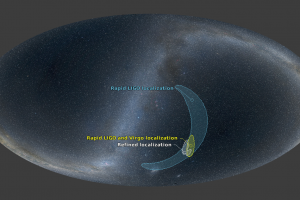
A fourth gravitational-wave signal coming from the merger of two stellar mass black holes located about 1.8 billion light-years away was detected on the 14th of August 2017, at 10:30:43 UTC. GW170814 is the first event observed by the global 3-detector network, including not only the two twin Advanced LIGO detectors but the Advanced Virgo detector as well. Following […]
» Read more
